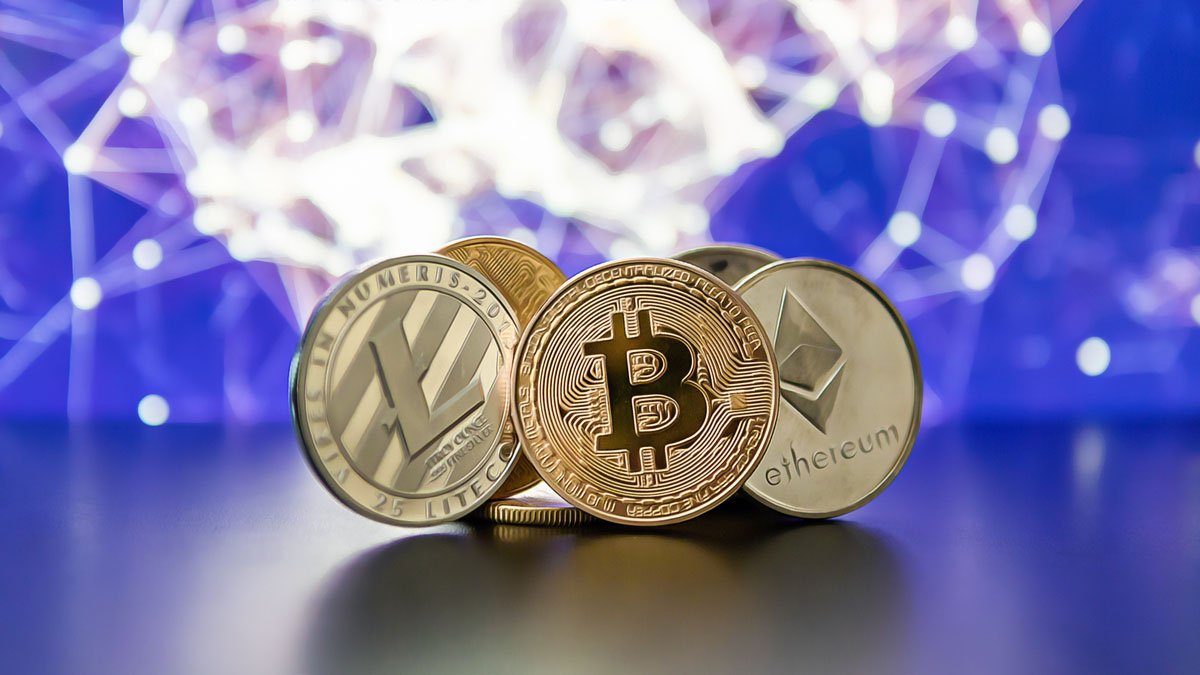A recent incident affecting the Monero blockchain network saw an unusual restructuring of 18 blocks, reversing a total of 117 transactions. This incident, with alleged ties to the blockchain protocol and the mining pool Qubic, has caused debates about the integrity and defense mechanisms of Monero’s privacy-focused network. Interestingly, despite the upheaval, Monero’s token showcased resilience, witnessing a surge of over 7% even as fears of double-spending heightened. This occurrence has stimulated conversations about the potential security weak points within Monero’s network among the cryptocurrency community.
What Was Behind the Monero Reorganisation?
The alterations, a rare phenomenon in Proof-of-Work (PoW) systems, happened when two rival chains emerged, with Qubic speculated to be the instigator. Qubic had earlier expressed intentions to test such frameworks. Monero Research Lab has suggested extending wait times beyond the typical 10 confirmations as a preventive measure against such disturbances. Yu Xian, co-founder of SlowMist, warned that the event may reveal weaknesses in Monero’s secure framework.
Did Monero’s Market Experience a Decline?
Despite the chaos, Monero’s market value remained steady during the incident, eventually climbing by 7.4%, in stark contrast to the overall market trend which saw a decrease of approximately 1%. Noted crypto expert Xenu pointed out this could mark one of the most significant reorganizations in Monero’s history, suggesting Qubic might have interfered to stabilize the market. The substantial 20.5% monthly gain of Monero (XMR) reflects sustained investor belief, unaffected by the reorganization’s potential consequences.
The event led to speculations of “selfish mining,” a strategy where blocks are privately held back to extend chains before being made public to outdo the main network. Yet, Sergey Ivancheglo, Qubic’s founder, brushed aside such claims, offering a blunt response to the allegations.
“Pulled all that out of his ass,” replied Ivancheglo in response to the interference allegations.
This event showcases the highly intricate operational landscape of crypto networks, highlighting not just the potential risks, but also how market dynamics react to perceived threats. Although Monero’s price moved positively, this incident might prompt reevaluations on confirmation protocol approaches within the network.
The tension between innovation and security examines challenges faced by privacy-centric cryptocurrencies. Reorganisations in blockchain platforms often involve a competitive interaction to assess network robustness, with Monero’s episode exemplifying commitment to secure transaction validation against possible interference.
- Monero’s blockchain faced an 18-block reorganisation disrupting 117 transactions
- Despite this, XMR token price exhibited a rise by over 7%
- Discussions highlight concerns about network’s security vulnerabilities
- Speculations of “selfish mining” emerged but were dismissed by Qubic’s founder
This incident illustrates the continuous learning curve within the blockchain ecosystem, providing avenues for enhancing network defenses under evolving conditions. It underscores the resilient nature of crypto markets amidst speculative risks and their capability to maintain investor trust despite technical disruptions.
Disclaimer: The information contained in this article does not constitute investment advice. Investors should be aware that cryptocurrencies carry high volatility and therefore risk, and should conduct their own research.
















 English (US)
English (US)